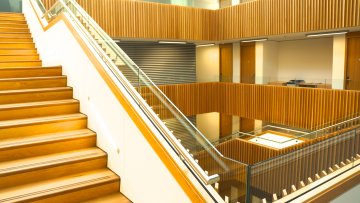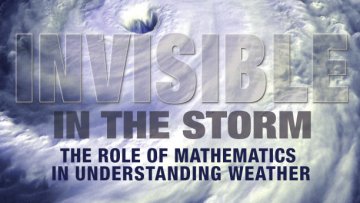We are always told that our work envrionment is critical to the work itself. But do mathematicians need a stimulating environment for their work? Or will just a computer and some coffee do?
Andreas Hadjittofis, a Masters Students in Mathematical Modelling and Scientific Computing, believes they do. Watch him describe how the Andrew Wiles Building in Oxford works for him.



